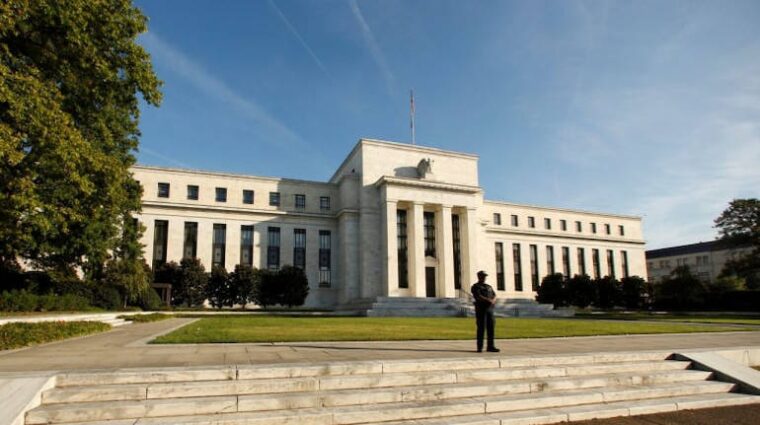In today’s globally integrated markets, investors need to track not just events in India but the global environment. However, one needs to have the priority correct on the impact on markets – whether it is domestic variables or developments abroad.
One significant global phenomenon at this point of time is that the US is exiting from the ultra-easy monetary policy initiated in the wake of the global financial crisis of 2008. There are natural apprehensions that whether revival of economic growth in the biggest economy of the world is going to have adverse impact on FII investments in India. What’s happening in the US? The Fed FOMC has hiked rates four times, by 25 basis points each time, since December 2015. They have started trimming down the Fed Balance Sheet from USD 4.5 trillion, which will take away some of the excess liquidity from the system. In the FOMC meeting on 1 Nov 2017, it was observed that “The Committee expects that economic conditions will evolve in a manner that will warrant gradual increases in the federal funds rate; the federal funds rate is likely to remain, for some time, below levels that are expected to prevail in the longer run. However, the actual path of the federal funds rate will depend on the economic outlook as informed by incoming data.” That is to say, rate hikes will happen, but in a gradual manner.
As per the Staff Economic Projections (popularly known as dot plot) issued on 20 Sep 2017, the terminal rate after the rate hike cycle, approximately 3 years from now, veers towards 3%. Depending on the evolving economic situation in the US, over the next 3 years or so, the target rate would move from current 1% – 1.25% towards 3%. The market however focuses on event to event; the next US Fed FOMC meeting is scheduled for 12 and 13 December 2017. As per US Fed Funds Futures, there is an overwhelming possibility of a rate hike in that meeting i.e. it is likely that the target rate would become 1.25% – 1.5% after 13 Dec 2017. What is more important, than taking a view from meeting to meeting, is the direction of monetary policy, which is clearly towards gradual normalization. The rate hikes are referred to as normalization because the near-zero rate was an emergency response to a crisis, which has to be normalized when the conditions permit.
There are three aspects of the impact of global events on our markets. One, real impact on the economy through trade, FDI and other channels like software, tourism, etc., two, impact on markets through foreign portfolio investments / disinvestments and third, sentimental impact on markets discounting events abroad. Of these three, the third one is not very impactful as it is a short-lived immediate reaction to the probable future event, but reality may turn out to be different.
Let’s start with the second one: FII investments. Foreign portfolio investments have always had an overwhelming influence on our equity markets. Noticeably, over the past few months, domestic investments have proved to be a bigger driver of the market, which is a healthy sign as it shows lesser dependence on foreign factors. On debt markets, the impact has always been limited as there are limits imposed by regulators. Even after gradual reduction in liquidity in the US system subsequent to selling of bonds for balance sheet reduction, global liquidity, or investible funds, will remain much in surplus. The Euro-zone and Japan are still in easy liquidity mode. There are barely few markets globally offering growth opportunities or attractive yield levels like India, with the comfort of dependable fundamentals. Investible money seeks gainful destinations and India is an attractive one.
On the more fundamental aspect of real impact on our economy, the US rate normalization is a manifestation of their economic growth which will have a positive impact on our economy. Exports can be potentially higher, with rebounding global growth and wider markets. Arguably, global investments may shift towards USA as their growth picks up, but given the huge pool of global liquidity and the growth offered by India, FDI should not be a concern. The trend of the last couple of years underscores the argument. Growth pick-up symptoms in the US economy have imparted the scope to exit from ultra-accommodative policy but FDI inflows into India, as well as FII inflows, both in equity and debt, have been buoyant. Their growth may gather further steam if and when the proposal of slashing corporate income tax rates materialize.
To conclude, India being a developing economy and there being a large appetite for capital, foreign inflows have played a significant role in influencing our markets and sentiments on future expectations. The influence will remain, but there is no cause for concern apart from some blips. India remains an attractive destination for global funds and our domestic resilience is improving.


